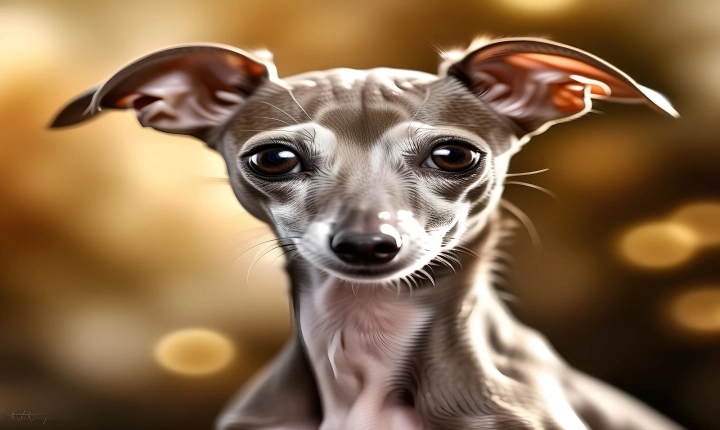“Converting AI File to High-Quality JPG: A Step-by-Step Guide”
As graphic designers and digital artists, we often work with AI (Adobe Illustrator) files for creating vector-based graphics and illustrations. However, there are times when we need to convert these AI files into high-quality JPG images for various purposes such as sharing on social media, printing, or embedding in presentations. In this guide, we will walk through the process of converting AI files to high-quality JPG, ensuring that the integrity and resolution of the original artwork are maintained.
Step 1: Open the AI file in Adobe Illustrator
Begin by opening the AI file in Adobe Illustrator. This can be done by launching the application and selecting “File” > “Open” from the menu, then navigating to the location of the AI file on your computer and selecting it.
Step 2: Adjust the Artboard (if necessary)
If the AI file contains multiple artboards or elements that need to be isolated, you can adjust the artboard to focus on the specific area you want to convert to JPG. Use the Artboard tool to resize and reposition the artboard accordingly.
Step 3: Check the Document Setup and Artboard size
Before proceeding with the conversion, it’s essential to ensure that the document setup and artboard size are suitable for the intended use of the JPG image. For example, if you plan to print the JPG, ensure that the document is set to the appropriate print dimensions and resolution.
Step 4: Export the AI file as a JPG
Once you’ve prepared the AI file, it’s time to export it as a JPG. To do this, go to “File” > “Export” and choose the “Export As” option. In the export dialog box, select JPG as the file format and adjust the quality settings to ensure high image resolution and minimal compression.
Step 5: Set the Resolution and Quality
When exporting as JPG, you will have the option to set the resolution and quality of the image. It’s recommended to set the resolution to 300 dpi for print or 72 dpi for web use to ensure high quality. Adjust the quality slider to a high level to minimize compression artifacts and maintain image fidelity.
Step 6: Choose the Color Model and Embed Color Profile
In the export settings, you can also choose the appropriate color model (RGB or CMYK) based on the intended use of the JPG image. Additionally, consider embedding the color profile to maintain color accuracy across different devices and platforms.
Step 7: Export and Save the JPG
Once you’ve configured the export settings, click “Export” to generate the JPG file. Choose a suitable location on your computer to save the JPG, and consider renaming the file to reflect its purpose or content.
Step 8: Review the High-Quality JPG
Finally, open the exported JPG file in a photo viewer or image editing software to confirm that the quality and resolution meet your expectations. Pay attention to details, color accuracy, and overall sharpness to ensure that the high-quality image has been preserved during the conversion process.
By following these steps, you can effectively convert AI files to high-quality JPG images while maintaining the integrity and resolution of your original artwork. Whether for print, web, or presentation purposes, a carefully executed conversion process ensures that your visual content shines in high fidelity and clarity.
